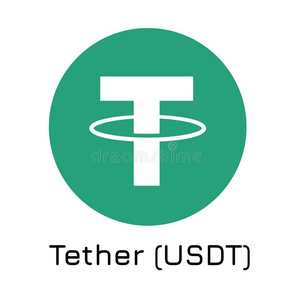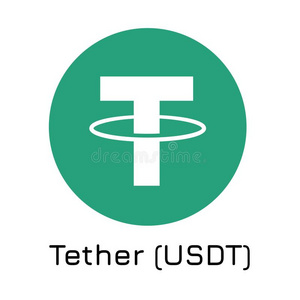 Agent
Agent


-
Promotion tutorial
-
My Referral
C3 is powerful and enjoys 60/10000
Total Performance 3.31M, Total Agent Bonus 1665
Subagent Performance 180K, Contribute 1080
Other Performance 3.13M, Contribute 585
B2 has no subordinates, and therefore has no profits
Sub agent perform well, enjoying 60/10k
Contribute to A: 450 Contribute to B1: 150
Contribute to A: 135 Contribute to B1: 45
Contribute to A: 0 Contribute to B3: 18000
C1 has no subordinates, and therefore has no profits
C2 has no subordinates, and therefore has no profits
C3 has no subordinates, and therefore has no profits

















